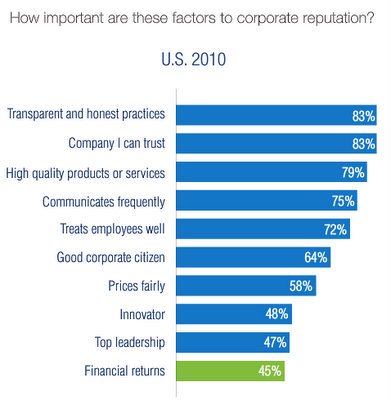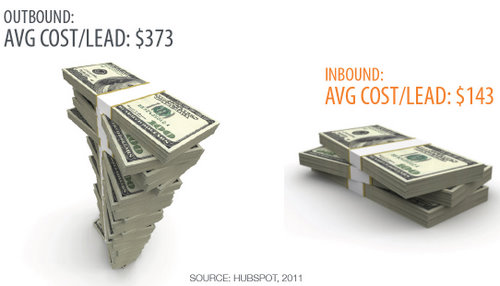And you achieve this though having experts and respected sources writing case studies, white papers, online articles and blogs about you, your products and your services.
What all smart marketers want to know is how to be the most effective. What channel is going to deliver the best return upon investment? Which digital marketing tactic will reap the highest rewards the fastest?
Well if it was only that simple. Marketing, like many things in the world,is a case of trial and error with a healthy dollop of persistence and patience included. But marketing needn’t be like fishing where you have no idea where the fish swim, how deep down they are, or indeed whether there are any fish in the pond at all.
In today’s world the customer is overloaded with noise and is marketed to incessantly on every channel and medium that exists, virtually 24/7. They are learning to tune out, which is why bludgeoning them with phone calls, print advertising and any other form of “push marketing” is becoming less and less effective.
 The nice people at Edelman Digital have put together some telling information about trust. First that: People buy from people and organisations they trust. But significantly Edleman go onto say that less than 1/3rd of people actually trust a marketing message. Their study also found that trusting companies is more important than delivering great products and services.
The nice people at Edelman Digital have put together some telling information about trust. First that: People buy from people and organisations they trust. But significantly Edleman go onto say that less than 1/3rd of people actually trust a marketing message. Their study also found that trusting companies is more important than delivering great products and services.
What is this saying? It’s actually very profound, and tells us that the default position of a buyer is to distrust you, and that it doesn’t matter how good your product or service is if your company image isn’t right. Therefore the priority for any marketing message must be to elevate the image and stature of a company so that it can be trusted.
Edleman Digital go on to show how the credibility of television, radio and newsprint has declined significantly in the past few years with not only fewer people watching, listening or reading these forms of media, but those same people no longer really believe what is written or said anymore. Significantly, on the other hand, the views of industry experts, academics and industry analysts are now the voices to be trusted and respected.
 Top factors for corporate reputation are shown to be: trustworthiness; transparent and honest practices; high quality products and services; frequent communication; good treatment of employees and good corporate citizenship. Obviously, sharks may no longer apply.
Top factors for corporate reputation are shown to be: trustworthiness; transparent and honest practices; high quality products and services; frequent communication; good treatment of employees and good corporate citizenship. Obviously, sharks may no longer apply.
So, to tie it up together neatly, a prospect clearly needs to trust the seller before he will listen to the sales message and before he will buy. To do that a company must create the image of trustworthiness. The best way to do that is through the representation of someone is an expert, and who is credible.
But it isn’t simply about getting a known and respected individual to endorse your product or service publicly, it’s about getting the known and respected individual to talk about the product or service in a non-pushy thoughtful and knowledgeable way in a place and a fashion which isn’t perceived as being “oi mate, buy one of these!” because in this day and age we know we are being marketed to, and we don’t like it.
Think a TV yoghurt or fruit drink commercial by one of the big food giants, or the same product endorsed on Mumsnet following an informed survey of children’s foods…
How many times does someone need to hear the message before it sinks in? Edelman Digital answer that question too, and in most cases it is deemed to be 3 to 5 times before the prospect will start to trust a seller.
For me this is the data that explains and justifies why case studies, white papers, online articles, videos and blogs are all at the top of the list for being the best tools in the marketer’s arsenal for supporting Inbound Marketing strategies and for building a Companies trustworthiness rating and credibility factors.
This is the big change we are seeing in marketing. It’s now about pull and not so much push. Get the experts to write the best articles. Let the community circulate them and make it easy for your prospects do their own reading and research. After all, they are probably intelligent enough to do so, right? Then if you’ve done your marketing right, they will take the viewpoint that “if their content is this good, how much more valuable would their products or services be?”
Written by: Alistair Menzies Anderson
Email: amamenza (at) gmail (dot) com




